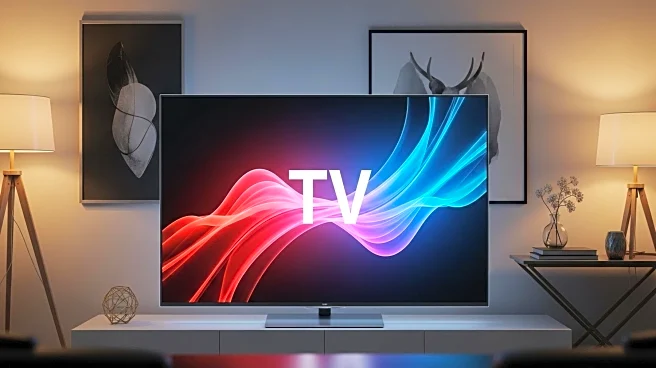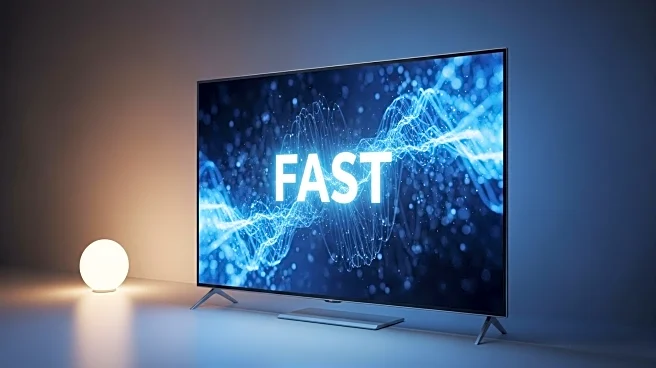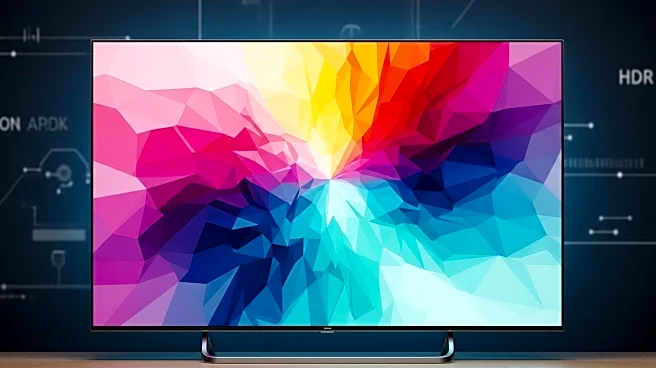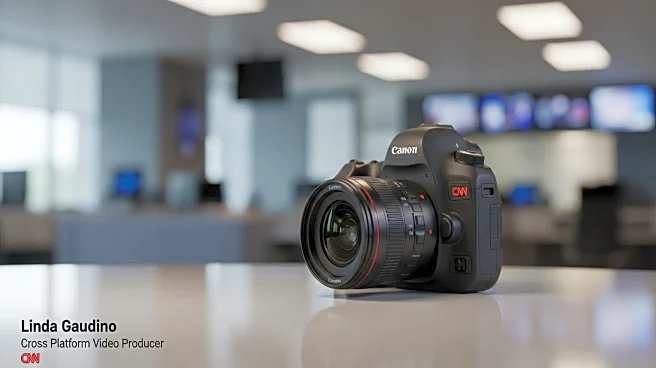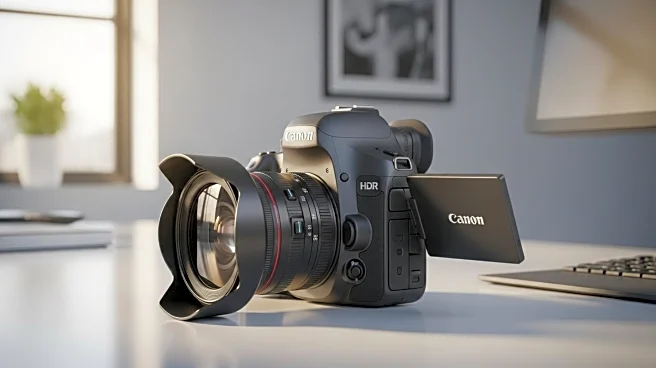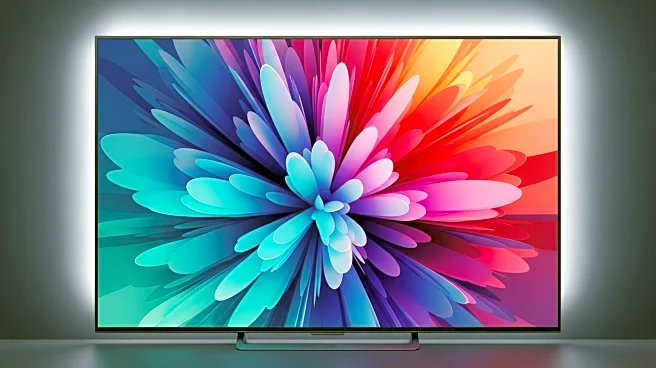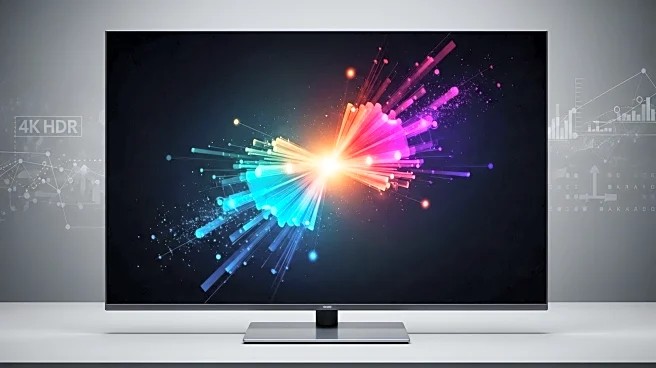What's Happening?
CNN and TalkSport are promoting free ad-supported streaming TV (FAST) as a unique medium, distinct from traditional TV and digital platforms. At The Drum Live event, CNN's Faisal Karmali emphasized FAST's ability to combine the reach of TV with the targeting capabilities of digital media. This approach is seen as beneficial for brands with smaller budgets, allowing them access to sports and news environments previously out of reach. FAST is gaining popularity, with CNN introducing 'Headlines,' a format designed to capture attention on connected TVs, and TalkSport experiencing a surge in boxing and football coverage viewership.
Why It's Important?
The rise of FAST TV represents a significant shift in media consumption, offering advertisers a new platform to reach audiences effectively. This development is crucial for legacy broadcasters like CNN and TalkSport, as it allows them to innovate while maintaining their brand equity. For advertisers, FAST provides a new space that combines the benefits of TV and digital, making it an attractive option for reaching diverse audiences. The growing popularity of FAST channels indicates a potential change in how media budgets are allocated, with more emphasis on this emerging medium.
What's Next?
As FAST TV continues to grow, advertisers and broadcasters may need to adapt their strategies to leverage this platform effectively. The success of CNN's 'Headlines' and TalkSport's sports coverage suggests that real-time content is particularly appealing to audiences. Broadcasters might explore more live content options to capitalize on this trend. Additionally, the increasing number of FAST channels globally could lead to more competition and innovation in the streaming space, potentially influencing traditional TV and digital media strategies.
Beyond the Headlines
The emergence of FAST TV raises questions about the future of media consumption and advertising. As audiences shift towards streaming platforms, traditional TV networks may need to reconsider their content delivery and monetization strategies. The integration of digital targeting with TV reach could redefine advertising effectiveness, prompting discussions on privacy and data usage. Furthermore, the success of FAST TV could influence cultural consumption patterns, as viewers have more control over their viewing experiences.
